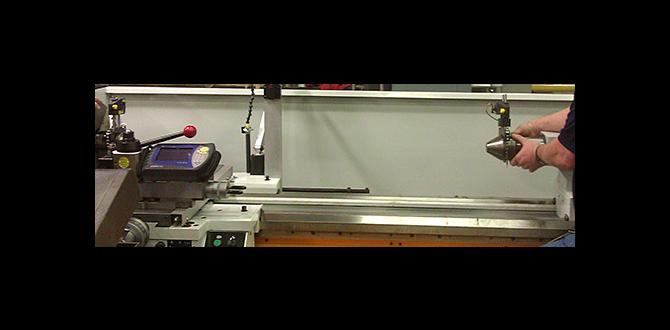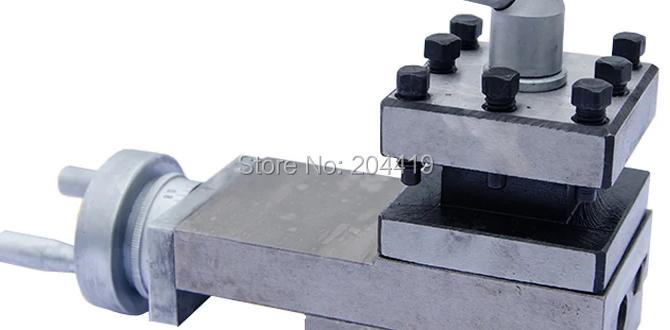Wood Lathe Face Shield: Essential Protection
Wood lathe face shield protection is not just a recommendation; it’s a fundamental requirement for anyone operating woodworking machinery. The inherent risks associated with spinning wood, flying debris, and sharp tools necessitate a robust defense for your most vital sensory organs. A quality face shield acts as a barrier, preventing potentially catastrophic eye and facial injuries that can occur in a split second. Ignoring this crucial piece of safety gear is a gamble with your vision, and one that no woodworker should ever take.
The very nature of woodturning exposes the operator to a variety of hazards. As the lathe spins at high RPMs, pieces of wood can break off unexpectedly, particularly if the material has internal defects or is improperly secured. These fragments can be propelled with considerable force, capable of causing severe lacerations, punctures, or even blindness. Beyond wood chips, there’s also the risk of tool slippage. A gouge or chisel can jump from the workpiece, sending metal shards or even the tool itself hurtling towards the operator. A sturdy face shield is designed to withstand these impacts, absorbing energy and deflecting projectiles away from your face.
Understanding the Importance of a Wood Lathe Face Shield
The core function of a wood lathe face shield is to provide a physical barrier between the operator’s face and the dangers of the lathe. This is achieved through the design and materials used. Most face shields are constructed from clear polycarbonate, a material known for its exceptional impact resistance and optical clarity. This allows for an unobstructed view of your workpiece while ensuring maximum protection. The shield typically wraps around the sides of the head, offering comprehensive coverage and minimizing the angles from which debris can enter.
Beyond the primary function of impact protection, a good face shield also offers a degree of protection against fine dust particles that are constantly generated during woodturning. While not a substitute for a dust mask or respirator, it can help reduce the amount of airborne irritants that come into direct contact with your eyes and skin, contributing to overall comfort and reducing the risk of eye irritation or infection.
Types of Wood Lathe Face Shield Protection
When selecting wood lathe face shield protection, you’ll encounter a few common types, each with its own set of advantages.
Full Face Shields: These are the most comprehensive option, covering the entire face from forehead to chin, and often extending around the temples. They provide the highest level of protection against flying debris and are the preferred choice for most woodturners. They are typically available as standalone units worn on an adjustable strap or as part of a helmet system.
Visors: Simpler and often more affordable, visors typically cover the eyes and nose, leaving the chin and forehead exposed. While they offer a good level of protection for the eyes, they are less effective against blows to the forehead or chin.
Safety Glasses with Face Shields: Many woodturners opt for a combination of robust safety glasses and a separate face shield for an extra layer of defense. The safety glasses provide a snug fit and primary eye protection, while the face shield offers broader coverage.
It’s crucial to ensure that any face shield you choose meets relevant safety standards, such as those set by the American National Standards Institute (ANSI). Look for markings that indicate impact resistance ratings (e.g., Z87.1).
Choosing the Right Wood Lathe Face Shield
Selecting the right wood lathe face shield protection involves considering several factors beyond just the type.
Comfort and Fit: You’ll be wearing this for extended periods, so comfort is paramount. Look for adjustable straps that allow for a snug but not overly tight fit. Padding around the forehead and chin can significantly enhance comfort. A well-fitting shield won’t shift or obstruct your vision during operation.
Optical Clarity: You need to see your work clearly. A distorted or scratched face shield can lead to fatigue and errors. Polycarbonate offers excellent clarity, but ensure the shield is not excessively tinted and is free from imperfections.
Ventilation: Some face shields have vents to help prevent fogging, which can be a significant issue, especially in humid environments or during strenuous work. However, be mindful that excessive ventilation might slightly compromise protection against very fine dust.
Durability: A good face shield should be built to last. Check the quality of the materials and the construction. Replace the shield if it becomes scratched, cracked, or otherwise damaged, as its protective capabilities will be compromised.
Maintaining Your Wood Lathe Face Shield
Just as important as selecting the right face shield is maintaining it properly. Regular cleaning is essential for preserving its optical clarity and prolonging its lifespan.
Cleaning: Use a soft, lint-free cloth and a mild soap or lens cleaner specifically designed for polycarbonate lenses. Avoid abrasive materials, harsh chemicals, or solvents, as these can scratch or damage the shield, significantly reducing visibility and protective qualities.
Inspection: Before each use, inspect your face shield thoroughly for any signs of damage. Cracks, deep scratches, or any compromise in the integrity of the shield mean it’s time for a replacement. Don’t take chances with damaged safety equipment.
Storage: Store your face shield in a safe place where it won’t be scratched or crushed. A dedicated storage bag or case is ideal.
In conclusion, while the allure of shaping wood on a lathe is undeniable, it comes with inherent risks. Wood lathe face shield protection is an indispensable tool that safeguards your vision and face from potential harm. Investing in a quality face shield and using it diligently is not an option; it’s a non-negotiable aspect of responsible woodworking. Don’t let a moment’s oversight lead to a lifetime of regret. Prioritize your safety, and equip yourself with the best possible protection.



